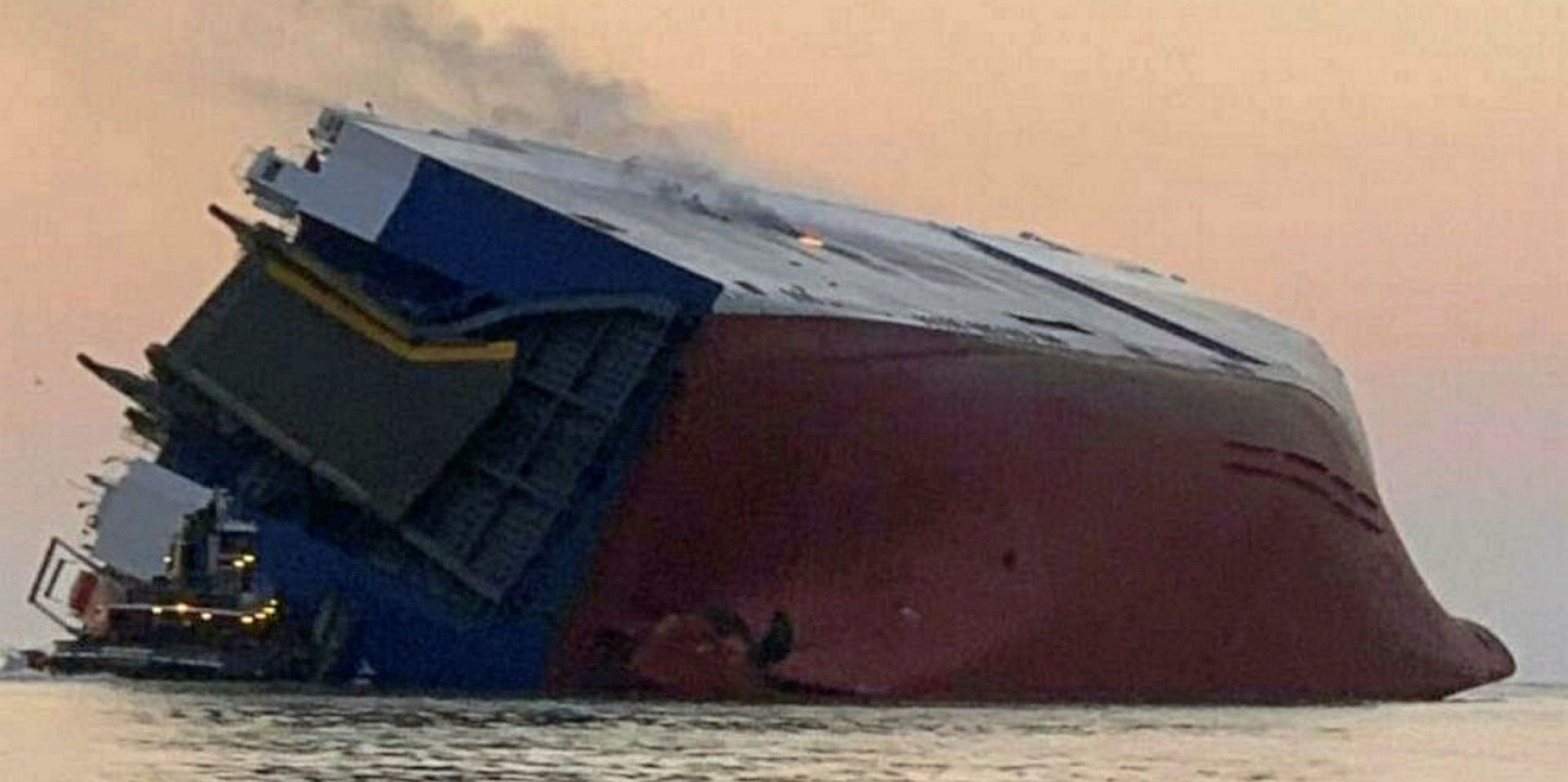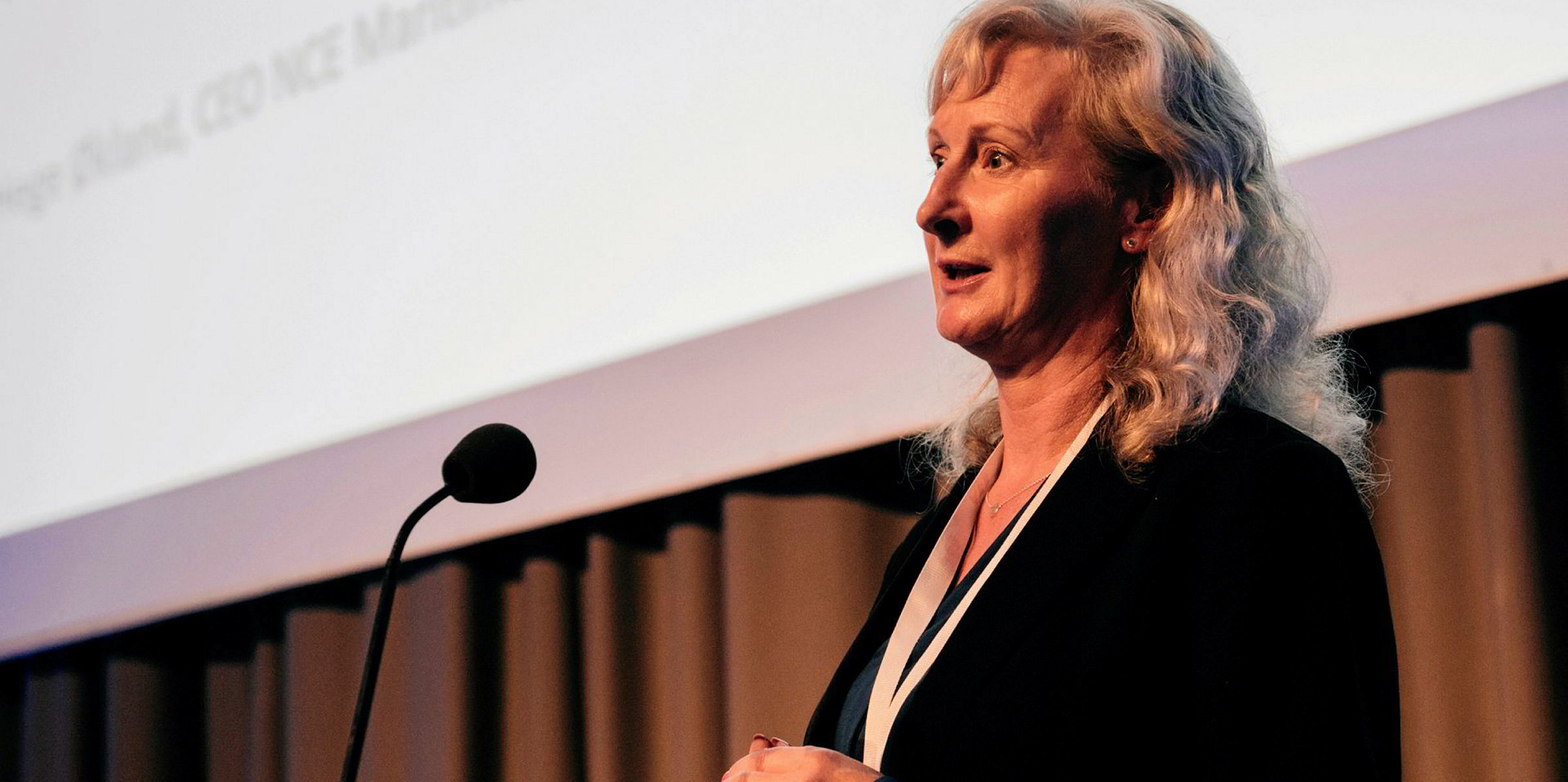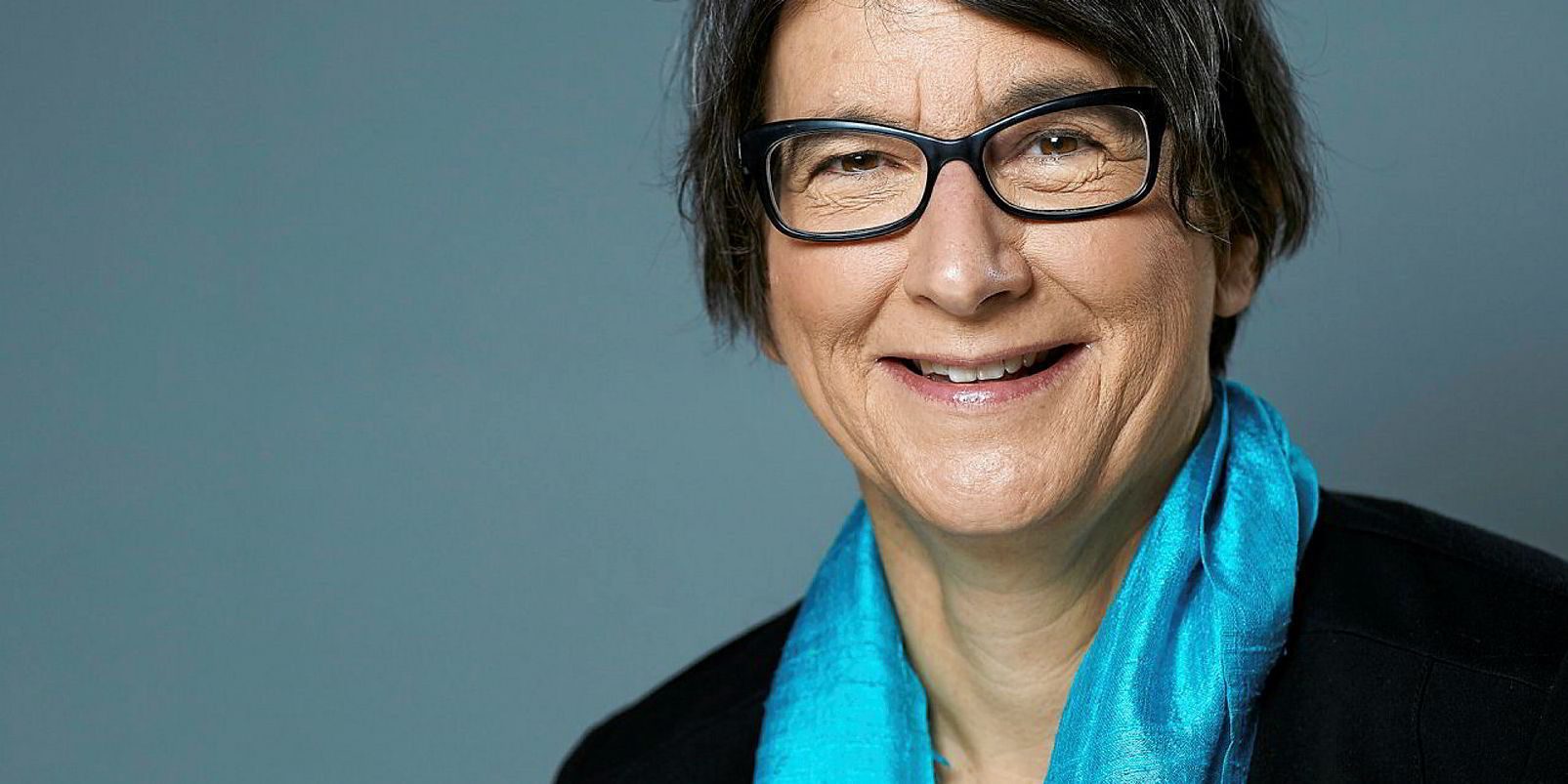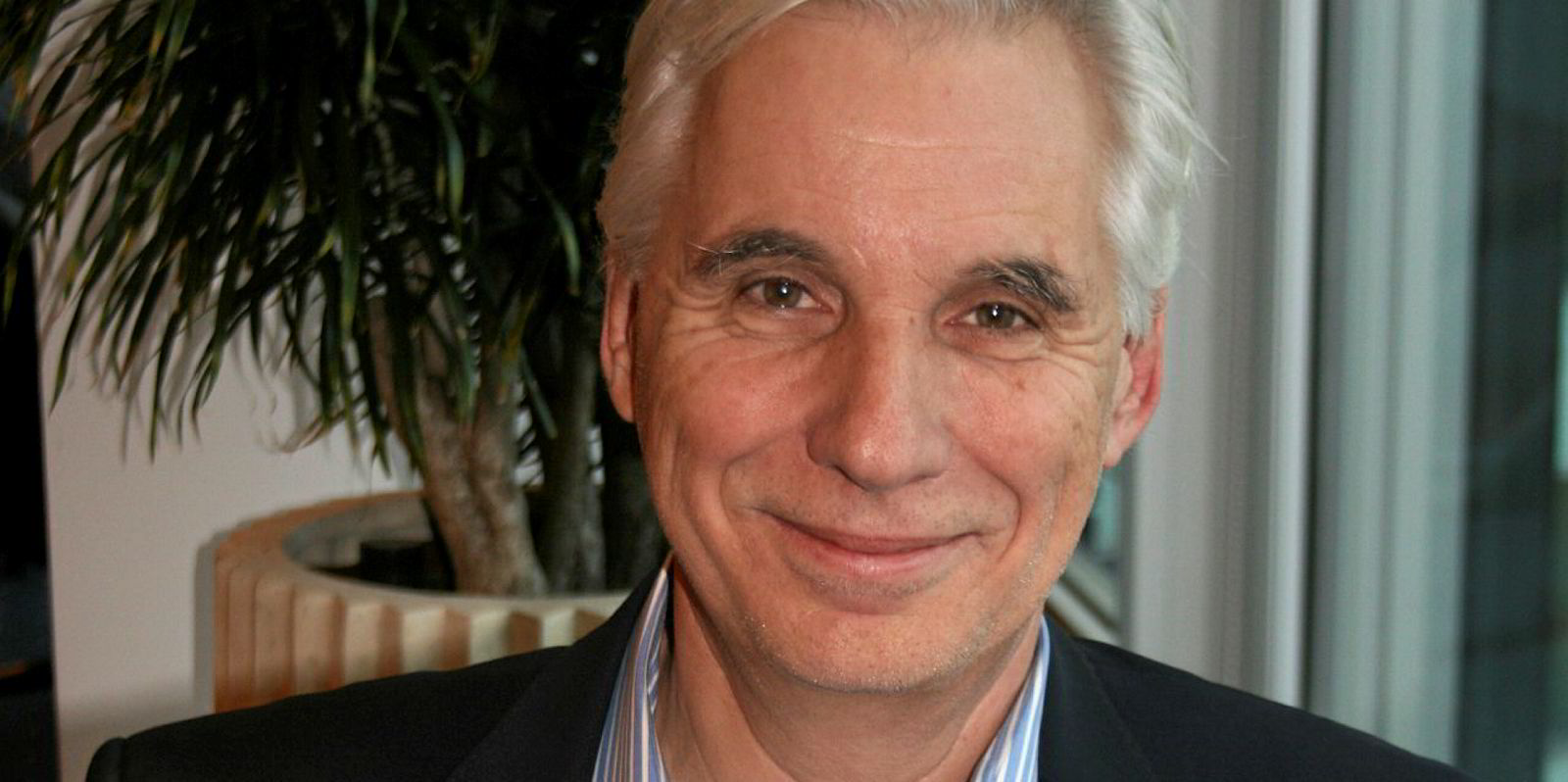The subject of how to improve market rates is always strictly omitted from the agenda at the International Union of Marine Insurance (IUMI)'s annual conference due to competition authority rules.
However, it is never far from the minds of marine underwriters as they gather each year to consider the industry’s most pressing concerns.
Judging by the sentiment expressed at last week's Toronto meeting, shipowners can probably expect to pay more for their marine insurance at the next renewal.
Hardening rates
Privately, the talk among underwriters is that rates in some sectors are definitely hardening after a decade-long soft market, even if that is not borne out in IUMI’s own figures.
IUMI reported a 2.5% increase in annual global cargo premiums to $16.6bn, but Nordic Association of Marine Insurers (Cefor) analyst Astrid Seltmann put that down to an “expansion in global trade” rather than to rate improvement. Hull and machinery rates remained flat at $7bn.
IUMI’s latest figures refer to 2018, when the market is thought to have hit the bottom. The most recent rate improvements are understood to have come this year.
Philip Graham, head of marine underwriting at Chaucer said that of the 31 marine insurers that have pulled out or significantly reduced capacity since 2017, 21 have done so in the past 12 months.
The general feeling is that the impact of the most recent departures is yet to take effect. Also Graham’s figures come from press releases and news reports and do not fully reflect more subtle cutbacks that have been taken place but have yet to emerge.
The departure of some players should position underwriters to push up rates. IUMI president Richard Turner told the conference his hope is to see a “market that is healthy and can attract expert capacity”.
Selling with discipline
“Our sector has not sold its product with enough discipline,” he said. In other words, it is not pricing cover appropriate to the risk.
“We have to earn the right to attract and retain capital,” he urged underwriters at the conference.

Yet, he admitted that the trend for underwriters to “bundle” individual policies into packages probably encourages the underpricing of risk.
There are also other factors that will make it pressing for underwriters to seek higher rates, including higher claims costs.
High-cost casualties have soared this year after four relatively benign years.
IMO 2020 ahead
But IMO 2020 is imminent, and reports of mechanical failure and fires on scrubbers have marine underwriters concerned they could see a rush of machinery breakdown claims at the beginning of next year. Machinery failure already accounts for 40% of all hull and machinery claims.
As most of these claims fall below $250,000, the feeling is that underwriters could tackle the problem by increasing deductibles — the proportion of claims met by the insured — to protect themselves.
The other problem is that international environmental regulation is increasing the cost of salvage and wreck-removal jobs.
The IUMI conference heard how the increasing application of the Basel Convention and European Ship Recycling Regulation mean that wrecks and their cargoes must be disposed of to the highest international standards. In high-profile cases, such as the 15,262-teu Maersk Honam (built 2017), the cost of waste disposal has exceeded the salvage costs.
Insurers themselves are facing higher costs by attempting to introduce the environmental, social and governance schemes to their business. Leading insurers are signing up to the United Nation’s Principles for Sustainable Insurance scheme.
Committed to UN scheme
That is adding cost, but Cefor managing director Helle Hammer said that marine insurers are committed.
“We would rather be ahead of what is happening than sit back and wait to be regulated,” she said.

So, an expected spike in IMO 2020-related claims, a long-term trend of higher claims costs and insurers' own internal compliance procedures are inevitably adding pressure to raise premiums. The recent fall in capacity has left them in a better position but will they act?
Turner left the conference with the message that insurers should be more confident in the market.
“Let us not forget our product underpins trade and is an enabler of business,” he said.






